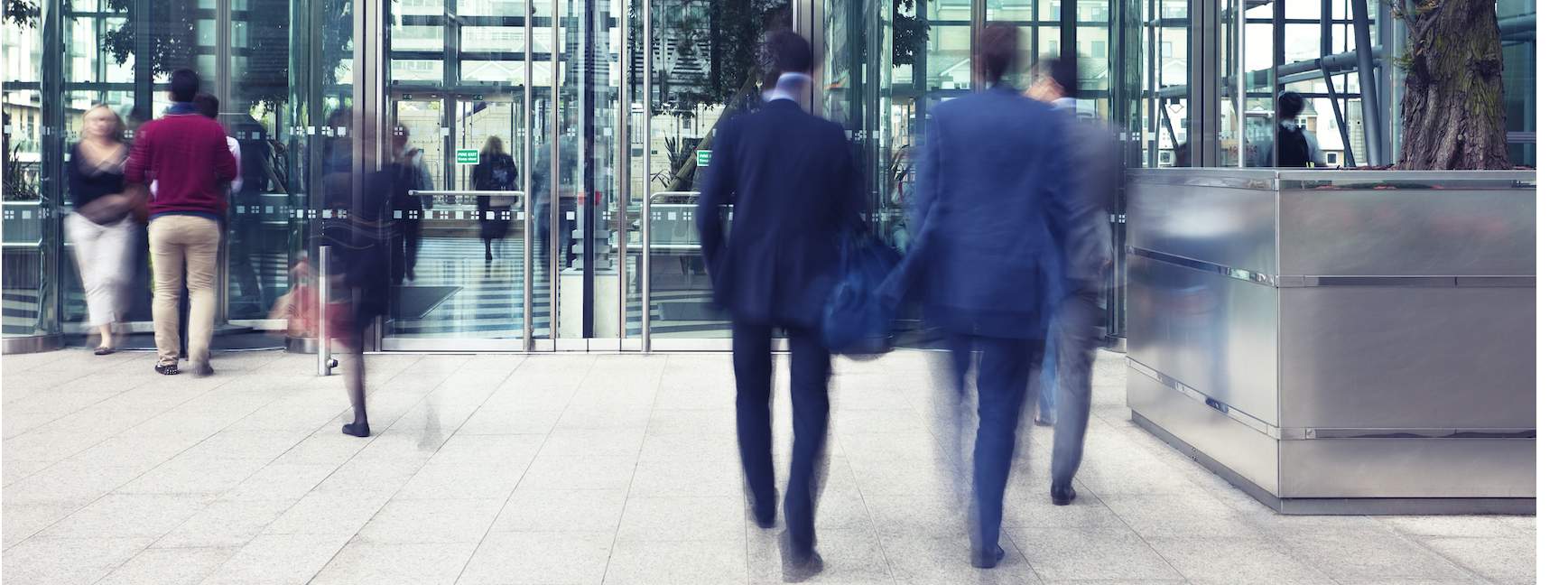Now more than ever it is vital that our office buildings exemplify both design and operational features that optimise the health, safety and wellbeing of all those who occupy them. For this reason, we have seen a growing trend towards building certifications that can give occupiers peace of mind, while ensuring a landlord’s assets remain attractive.
Both the WELL Building Standard and Fitwel are excellent examples of such certification frameworks. Based on scientific evidence, they can help to measure the health and wellbeing performance of a building. What’s more, between the two there is a tool to suit every size, project stage, sector and workplace culture.
When planning a new construction project, or even a major refurbishment it is hard to beat the WELL Building Standard for its rigour and emphasis on building performance. By embedding the certification’s principles at the concept and design stage, features such as operable windows, accessible staircases, green spaces, safe materials and touch-free sensors can be considered from the outset.
For those who are already in occupation which may not have the luxury of a new build, it is still possible to assess and improve wellbeing within an existing workplace. Fitwel, for instance, is perhaps less prescriptive than WELL, focusing more on how wellbeing outcomes are achieved, rather than measuring shell and core performance.
Both WELL and Fitwel take a balanced scorecard approach, but each favours a slightly different set of project conditions and budget. However, having either certification is a strong indication that health and wellbeing is a priority.
So how can these wellbeing schemes help reinforce peace of mind at such a crucial stage of the pandemic?
In addition to the standard certification, both WELL and Fitwel have recently launched distilled versions of their expertise and scientific-based schemes into Covid response options called 'WELL Health-Safety Rating' and the 'Fitwel Viral Response module', respectively.
These are much more streamlined and focused yet still third-party verified 'safety-first' approaches to receiving an operational building wellness certification. They focus on a building’s facilities management protocols and regimes around cleaning, air and water quality, emergency preparedness, mechanical plant maintenance and stakeholder engagement and require evidence to be submitted and tested before a building is rated as safe for occupancy.
In essence, they create a practical and relevant pathway to pursuing the full health and wellbeing certification over time and ensure that in the short-term occupier and employee confidence can be restored.
Just as you wouldn’t drive a car without an MOT, people may not wish to come back to the office if they don’t categorically know it is safe to do so. With this in mind, it is accreditations such as these that will help enable occupiers to return to the workplace.
Further information
Office FiT: Adapt, Evolve, Improve


(1).jpg)

.jpg)



.jpg)

